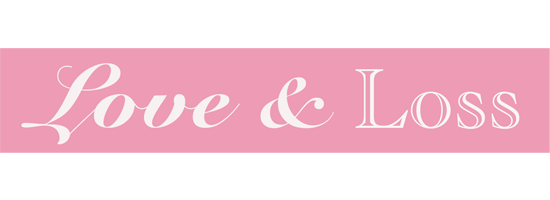06 Oct Broken China
 Advertising plays on Mimetic Theory, (the impulse and consequences of envy), to tap into our desire for what someone else has. We are sold images and ideals of perfection that are unrealistic. Our role models: family members, media images, cultural leaders, TV heroes, teachers, and friends on social media in-still standards to aspire to, that we internalise.
Advertising plays on Mimetic Theory, (the impulse and consequences of envy), to tap into our desire for what someone else has. We are sold images and ideals of perfection that are unrealistic. Our role models: family members, media images, cultural leaders, TV heroes, teachers, and friends on social media in-still standards to aspire to, that we internalise.
“In the absence of adequate rites of passage, ad-men become the high priests of an initiation into the addictions of consumerism”, Marion Woodman warns in ‘The Pregnant Virgin: A Process of Psychological Transformation.’ Failing to measure up to these ideals causes shame and erodes our sense of self-worth.
Until I was 29, I sucked up magazine images, fed my fantasy life, was a ghost in the world. I developed a longing to become as wise as the Dalai Lama, while mining my creative potential like Frida Kahlo. In fact, I have had to lower my standards and to be content with being my ordinary self.
Letting go of my grandiose expectations of myself is painful, over and over again. I make mistakes, get things wrong, and despite my longing to be perfect, I never am. Like the Japanese art of ‘Kintsugi’, I am learning to celebrate my cracks, to make their scars visible, rather than hidden. My experience comes from this process of break and repair.
Embracing incompetency in creative work makes it more relatable. “The good thing about incompetency is it makes other people feel less shame”, says Tony Gammidge. Tony encourages my journey of making images that includes mistakes and the serendipity of accident. I notice that welcoming the probability of getting things wrong makes space for collaboration, and opens up possibilities. Increasingly surrounded by slick digital images, I yearn for the rustic simplicity of hand-made objects, with all their imperfections, made by real people, full of flaws.



No Comments